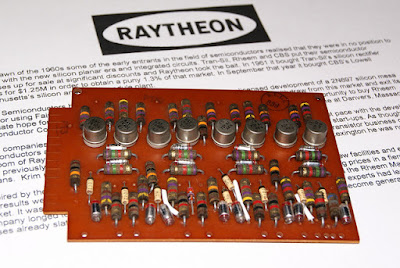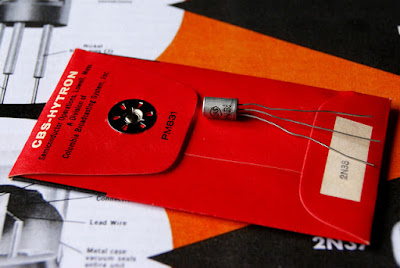The Birth of the Home Video Game Mass Market

Inside the Telstar. Calculator for Size Comparison The Coleco Telstar was launched in 1976. It played six games, but only three were offered in Coleco's first product. The General Instrument AY-3-8500 was the first single IC to offer multiple games, made available to every manufacturer, launching home video games as a mass market. It marked the end of discrete systems such as the Magnavox x00 products. The Coleco Telstar was a highly integrated system with only a few components for the GI chip. The RF cable/TV Out wrapped round the ferrite core in the photo above was a late addition/modification when Coleco failed its FCC approval. Ralph Baer, who had seen an early demo of the GI chip, and introduced the new General Instrument IC to Coleco, suggested the addition to suppress EMI. Ed Saks, who was the head of GI had brought the two design guys from GI's Scottish facility to the US to develop the AY-3-8500 fully, and the further chips that came in the following years. ...









